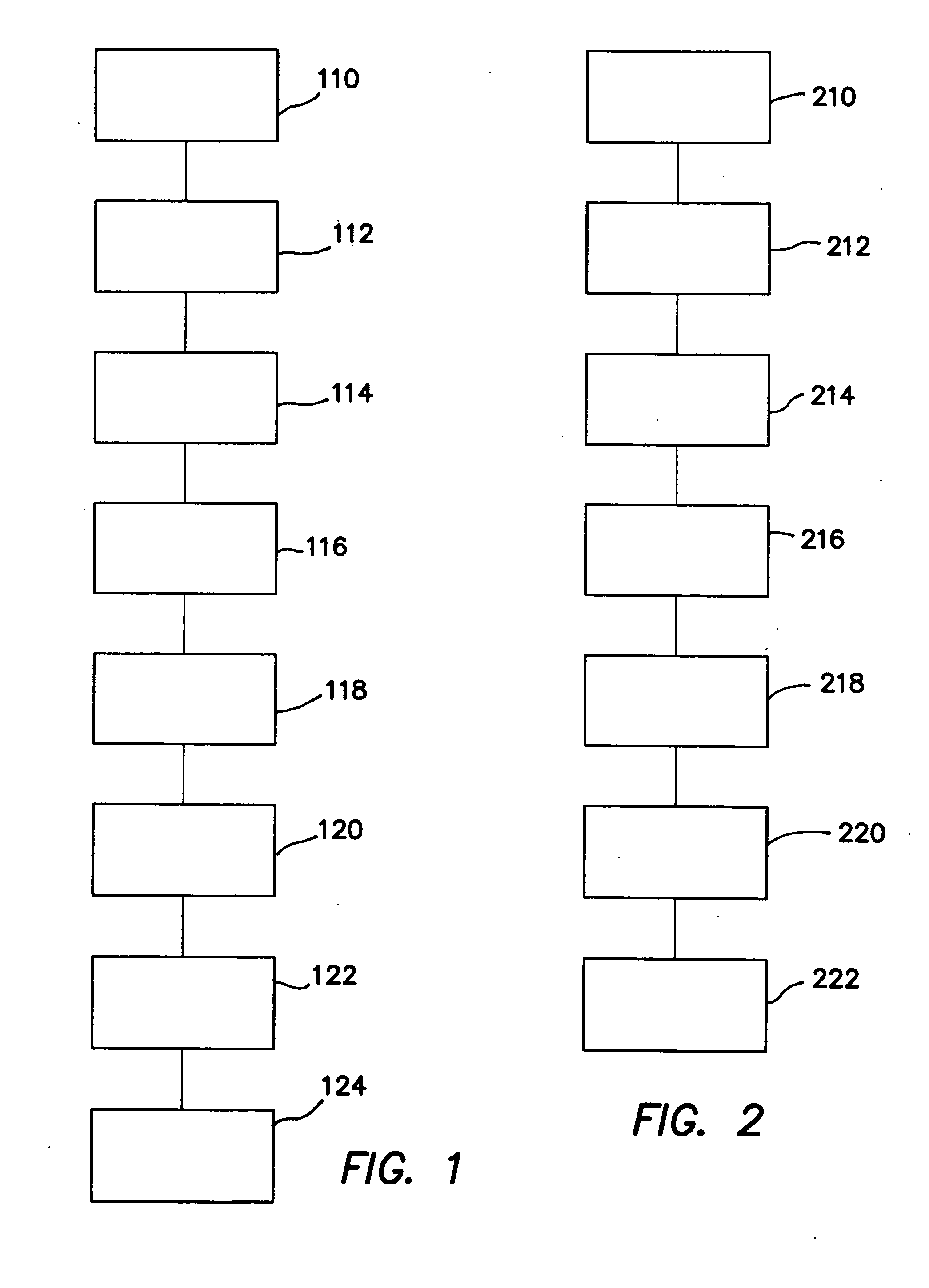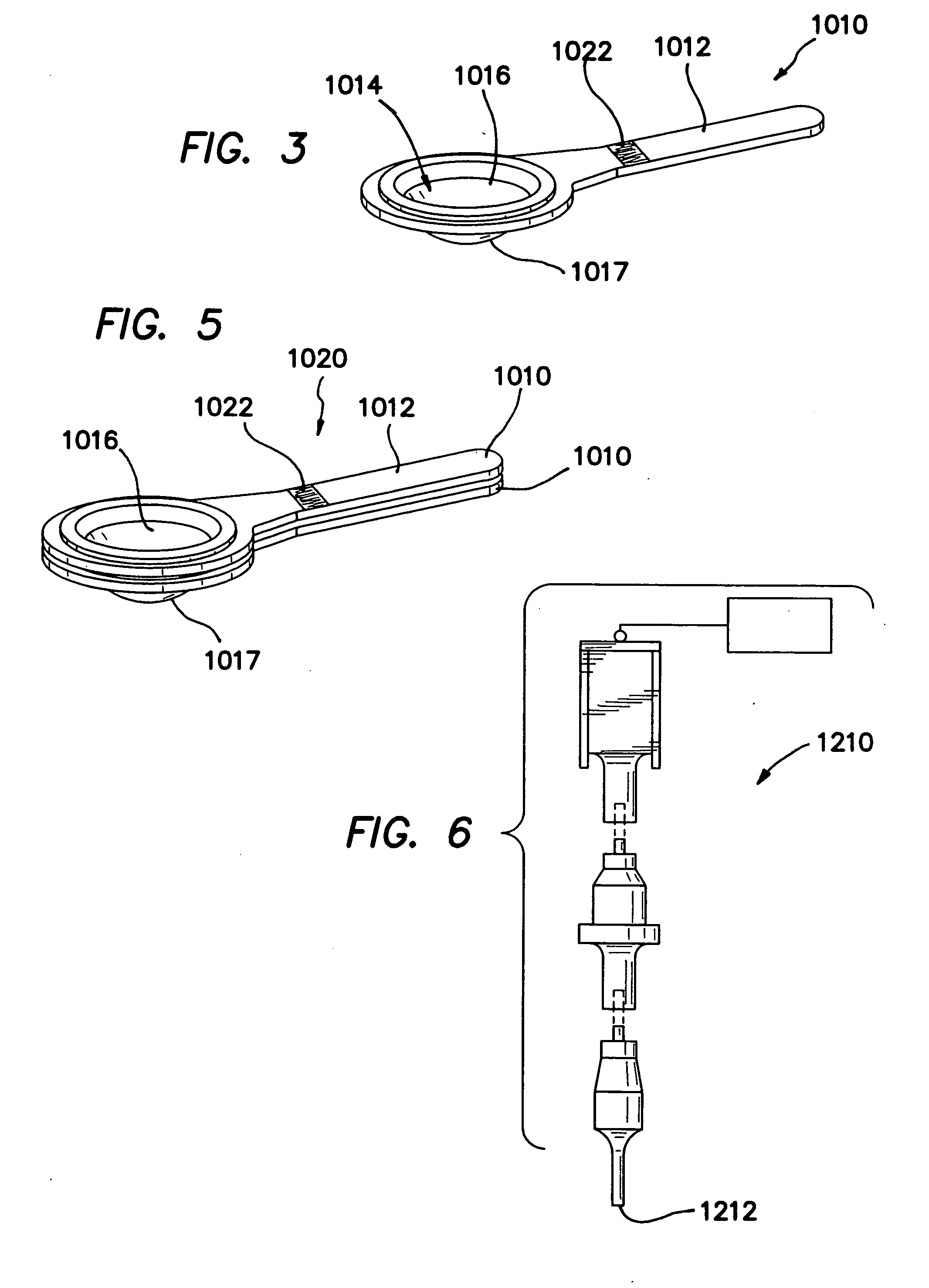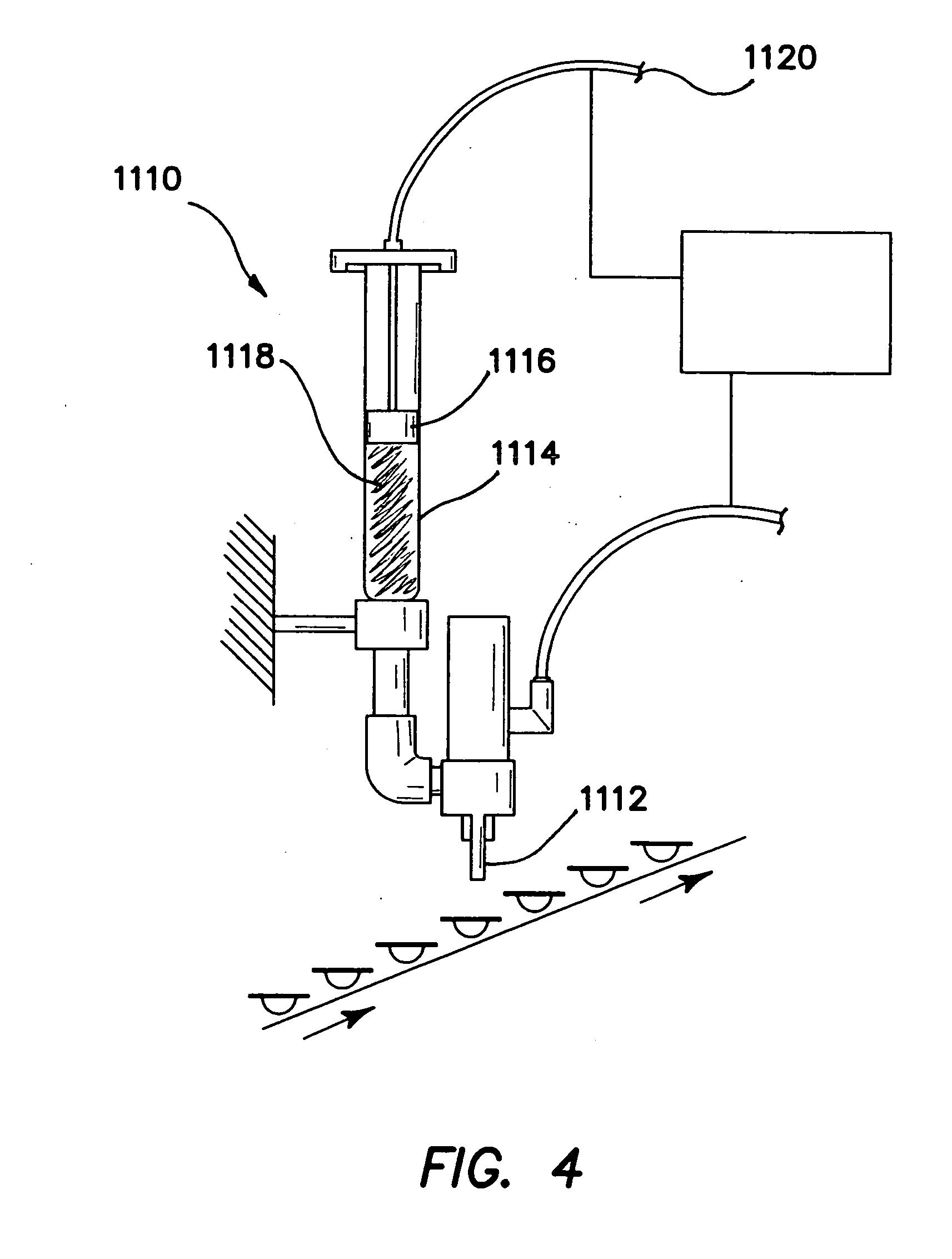Systems and methods for producing silicone hydrogel contact lenses
a technology of contact lenses and hydrogels, which is applied in the field of systems and methods for producing silicone hydrogel contact lenses, can solve the problems of uniform or constant light delivery to lens precursor compositions, and the inability to uniformly or consistently apply light to mold assemblies,
- Summary
- Abstract
- Description
- Claims
- Application Information
AI Technical Summary
Benefits of technology
Problems solved by technology
Method used
Image
Examples
Embodiment Construction
[0022] Systems and methods for producing silicone hydrogel contact lenses have been invented. As used herein, a silicone hydrogel contact lens is a contact lens that has a high oxygen permeability and an ophthalmically acceptable water content. Silicone hydrogel contact lenses can be understood to be contact lenses that comprise a silicone hydrogel material. For example, silicone hydrogel contact lenses can comprise one or more hydrophilic silicon-containing macromers. Examples of suitable materials used to make silicone hydrogel contact lenses include, without limitation, etafilcon A, genfilcon A, galifilcon A, senofilcon A, lenefilcon A, lotrfilcon A, lotrifilcon B, balifilcon A, or polymacon. Additional examples of materials used to make the present silicone hydrogel contact lenses include those materials disclosed in U.S. Pat. No. 6,867,245.
[0023] The lenses produced using the present systems and methods can be understood to be extended wear contact lenses. For example, the len...
PUM
| Property | Measurement | Unit |
|---|---|---|
| temperature | aaaaa | aaaaa |
| optical quality | aaaaa | aaaaa |
| pressure | aaaaa | aaaaa |
Abstract
Description
Claims
Application Information
 Login to View More
Login to View More - R&D
- Intellectual Property
- Life Sciences
- Materials
- Tech Scout
- Unparalleled Data Quality
- Higher Quality Content
- 60% Fewer Hallucinations
Browse by: Latest US Patents, China's latest patents, Technical Efficacy Thesaurus, Application Domain, Technology Topic, Popular Technical Reports.
© 2025 PatSnap. All rights reserved.Legal|Privacy policy|Modern Slavery Act Transparency Statement|Sitemap|About US| Contact US: help@patsnap.com



